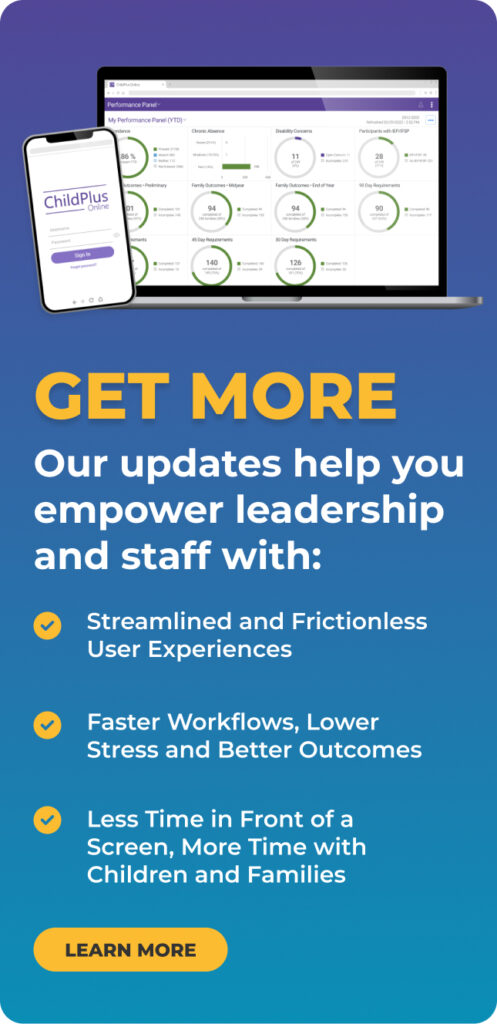
Spotlight: Sustaining a Head Start Agency with Low Funds, Opioid Epidemic

As the Ohio Head Start community navigated low funds and an opioid epidemic in 2017, agencies were rushed to build a support system for the affected children. Barb Scharff, a data and software coordinator at Hamilton County Educational Service Center (HCESC) in Cincinnati, Ohio, talked to ChildPlus about her Head Start agency’s battle to improve the lives of their diverse children.
According to the National Head Start Association (NHSA), 8.7 million children currently live in homes where there is active substance abuse. “Most often overlooked amidst the urgency to address the epidemic, however, are the smallest victims of the crisis – infants and children,” stated the NHSA.
The National Institute on Drug Abuse states, “In 2017, Ohio had the second highest rate of drug overdose deaths involving opioids in the U.S. There were 4,293 reported deaths—a rate of 39.2 deaths per 100,000 persons, compared to the average national rate of 14.6 deaths per 100,000 persons.”
With such high fatality numbers affecting families, HCESC was “hit hard” by this epidemic. “[The epidemic] contributes to the trauma that the children go through, and contributes to their ability to succeed in school and to have services available for them and their families,” Scharff said.

Along with the opioid epidemic, HCESC also has a “large” refugee population. With such a diverse group of children in need, funding is essential. “Ohio probably has one of the lower per child costs in the country,” Scharff said. “But the more we can fund for support for these kids, the better they’ll succeed in the future.”
With the struggles that accompany low funding, a user-friendly data management software is essential to maintain the organization of children and family services. This is why HCESC has been a ChildPlus user since 1998.
“We use anything and everything [in ChildPlus]. The module designer is our best friend. Sometime too much so,” Scharff said. HCESC even uses the module for their own unique data. “We have a lot of module designs that take place of specific forms, or allow us to gather data that the software doesn’t have. For instance, we do a trauma survey with all of our children… which helps us give the children the support they need to function in a classroom.”
With the launch of ChildPlus Mobile, Scharff mentioned some of her agency’s plans to utilize this new feature for this school year. “I hope to really be using it,” she said. “Our home visitors are using it, as they seem to be so excited about the ability to speak their notes, which I think is wonderful.”
As a Head Start employee since 1986, and with her current grantee since 2014, Scharff has seen multiple generations of children pass through HCESC. According to Scharff, there’s a “definite impact” that Head Start has on the children.
“I think kids go to school more ready to learn. They have the social skills to survive kindergarten. A lot of our families have so much going on, with the means of survival, that just things like boundaries and following rules are not necessarily enforced every day. So, [in Head Start], they get an idea of what’s expected of them, how to function in a line, how to control their little bodies and their impulses. I think that makes them much more ready to learn.”
Would you like to be featured on ChildPlus.com? Contact us at marketing@childplus.com.















Comments are closed.